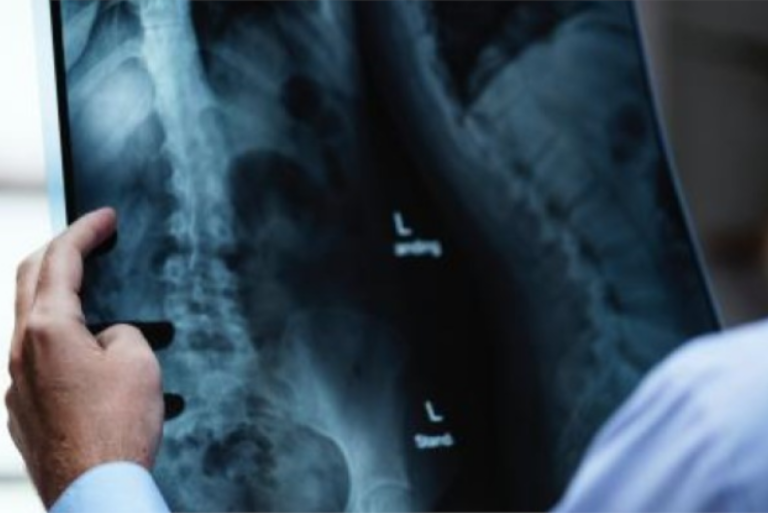The application of artificial intelligence (AI) in the medical field is an emerging topic of interest, but it is already in practice in China where the use of AI on the medical frontline has reduced the burden on overworked doctors, in turn improving diagnostic efficiency and allowing for more time spent with patients.
The technology is used mostly for medical imaging, such as in radiology departments to read CT scans or MRIs. The AI is fed with 10 years’ worth of data from diverse patient cases where it learns to identify and differentiate various diseases. However, while AI provides doctors with an initial diagnosis, the doctors will still review and ultimately make the final diagnosis.
Here in Singapore, the National University Health System (NUHS) has been working on developing AI to analyse mammograms, with Assistant Professor ‘Mornin’ Feng Mengling as one of the lead investigators.
“Besides accuracy, we put a lot of emphasis to protect patients’ privacy, which is one of the most important standards of practice in the medical industry,” said Dr Feng.
Usage of AI in the medical imaging field is growing fast because it is relatively easier to offer complete protection of patient privacy – you would not be able to identify a patient from a scan if his/her name and other personal details had already been removed from the image.
Dr Feng added, “Whether in healthcare or otherwise, AI is not built to replace humans but to complement us. Our lives are intertwined with AI, and doctors in the future must also learn to use, communicate with and work together with AI.”
Media coverage:
- China’s AI Smart Future, Channel 8 Morning Express, 11 April 2019
- 晨光第一线:人工智能走进医疗领域当起“AI医生”, 8 World News, 11 April 2019
- 晨光|中国AI 智能未来: 中国AI医生崛起 在医疗前线服务, 8 World Vodcasts, 11 April 2019


